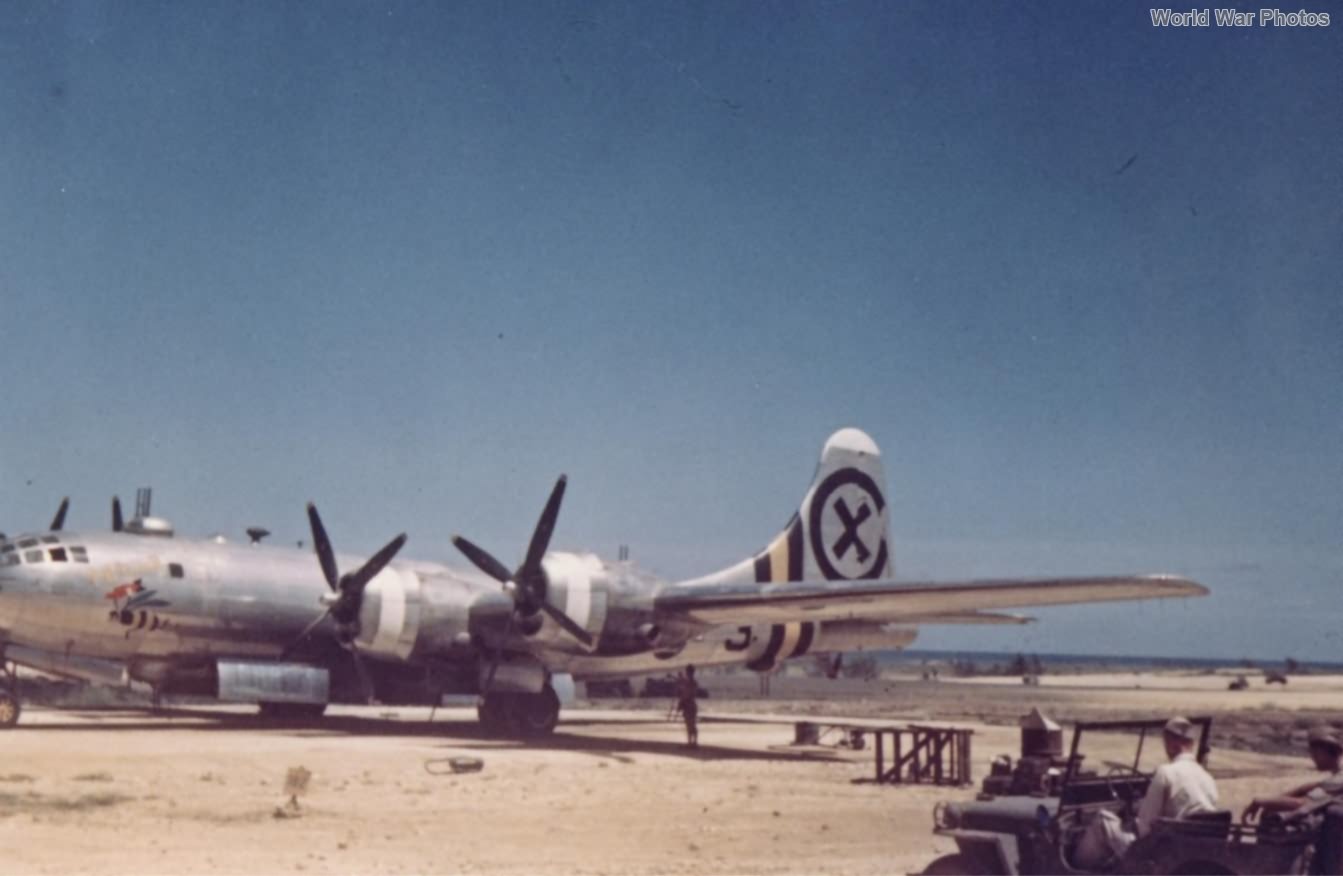Camouflage and Markings of the B-29 Superfortress
- The Boeing B-29 Superfortress had a variety of camouflage and markings during its production and deployment in World War II. The camouflage schemes evolved over time and were influenced by factors such as production location, deployment location, and mission type.
- Early production B-29s, specifically the B-29-1-BW models, were painted in a standard Army camouflage scheme of olive drab on the upper surfaces and neutral gray on the undersides. This was the same camouflage scheme used on other US Army Air Forces bombers at the time, and it was thought to be effective in concealing the aircraft from enemy observation. However, as production continued and the B-29 was deployed to the Pacific Theater, experience showed that camouflage colors were not as necessary for concealment.
- The vast majority of B-29s were delivered in a natural metal finish with silver-doped fabric areas. This was a more cost-effective and time-efficient approach, as it eliminated the need for painting the aircraft. Later in the war, many B-29s, particularly those used for night bombing missions, were painted with glossy black on the undersides and halfway up the sides of the fuselage and nacelles. This scheme was developed in the Pacific Islands and was intended to reduce the visibility of the aircraft against the night sky.
Markings
- Markings on the B-29s also changed over time, reflecting the evolution of unit organization and identification practices within the USAAF. Early B-29 units in the 20th Air Force used a variety of markings, including radio call letters, rudder prefixes, and squadron color bands.
- By November 1944, the 444th Bomb Group was identifying its aircraft by means of diagonal black stripes on the squadron color band.
- In the China-Burma-India Theater, the 58th Bombardment Wing developed a unique system of color-coded markings for its B-29 groups and squadrons.
- As the war progressed, the USAAF introduced more standardized markings for the B-29, including wing and group identification markings. These markings typically consisted of geometric shapes, letters, and numbers, and they were often painted in black or white.
Post-War Changes
- After World War II, the B-29 continued to serve with the newly formed US Air Force, and its markings were updated to reflect the new service. The words “United States Air Force” were applied to the fuselage, and the letters “USAF” were applied to the wingtips. In the 1950s, this was shortened to “U.S. AIR FORCE” in larger letters on the nose of B-29s.
- B-29s also received new “buzz numbers” on their tails after the war. These numbers were typically four digits long and were used for identification purposes. Some B-29s retained their World War II markings through the Korean War.
In addition to the standard camouflage and markings, many B-29 crews applied personalized nose art to their aircraft. This nose art often featured pin-up girls, cartoon characters, or nicknames for the aircraft. Nose art was a way for crews to express their individuality and to boost morale.
